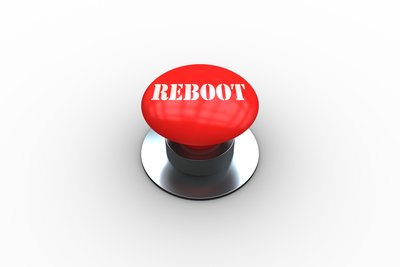ITG Diet Blog
The ITG Diet blog delivers informative weight loss tips, health resources and nutritional information to help you along your weight loss journey.
Curb Hunger with Veggies and Lean Protein
- Font size: Larger Smaller
- Hits: 9620
- 0 Comments
 Throughout the course of your ITG Diet as well as maintenance afterwards, it is very important to be eating lean proteins and the proper amounts of vegetables. The reasons why? Lean protein curbs your hunger. It also helps you to retain muscle mass, instead of many diets that shed pounds-worth of water and muscle. Non-starchy vegetables will deliver water, fiber and nutrients, and keep you feeling fuller for longer. Here are some more tips on lean protein and vegetables.
Throughout the course of your ITG Diet as well as maintenance afterwards, it is very important to be eating lean proteins and the proper amounts of vegetables. The reasons why? Lean protein curbs your hunger. It also helps you to retain muscle mass, instead of many diets that shed pounds-worth of water and muscle. Non-starchy vegetables will deliver water, fiber and nutrients, and keep you feeling fuller for longer. Here are some more tips on lean protein and vegetables.
Eating lean proteins at dinner during Step 1, adding additional protein at lunch during Step 2, and Step 3 – Maintenance for Life, is very important to feeling fuller for longer. Lean protein will help keep your metabolism going strong and your blood sugar levels will stay steady, which in turn keeps cravings from setting in. Have you ever cheated on your diet and felt hungry? Your entire system is thrown out of balance and that is when you may begin to falter. Think of your diet more along the lines of eating nutritious, filling foods which will benefit your health and well-being positively for life. Some great options for lean proteins while on the ITG Diet are turkey, pork tenderloin, skinless chicken, flank steak, shrimp, tilapia, and tuna. Even extra-lean ground beef is a great option, quick and easy to prepare. Remember that breaded and fried or smothered in sauce is not the way to enjoy your lean protein for dinner. Make sure you are eating 5-8 ounces for dinner on Step 1, and that it is baked, broiled, grilled, or sautéed in olive oil. For more great lean protein choices and recipes, check out our Recipes section of the website.
Non-starchy vegetables are also a very important part of your ITG Diet plan. You should be eating at least 4 cups of raw and cooked veggies per day! Along with your unlimited leafy salad at lunch and dinner, fiber-rich vegetables will help you stay fuller for longer as your system breaks them down and absorbs nutrients. Non-starchy vegetables are best; starchy vegetables such as carrots, root vegetables, corn and peas contain higher amounts of carbohydrates which will inhibit your body from entering and staying in ketosis, which allows you to burn fat during Step 1. In Step 2, these foods will be added slowly back into your diet and during maintenance of Step 3, they will be allowed as part of a balanced diet. Consult your Food Groups to see ITG’s recommended vegetable list for Step 1, as well as What Not to Eat, which will steer you away from the starchy choices. The best way to cook your vegetables and retain as many of the nutrients as possible is by steaming them. Here are some tips on proper vegetable steaming.
Stovetop:
- Boil 1-2 inches of water in a large pot.
- Cut and prep your vegetables. Wash them and make sure they are of equal size to enable even steaming.
- Use a steaming basket, which holds your vegetables just over the surface of the boiling water, or use a bamboo steamer with your wok or large skillet.
- Add your vegetables, and cover them. Cook until they are as tender as you prefer (longer for very tender, shorter for more crispiness). Do not overcook them though, as they can turn mushy.
- Serve immediately while hot (it is best to cook your vegetables when your lean protein is nearing finished) and season with sea salt, black pepper, a dash of lemon juice or a small amount of extra virgin olive oil. You may also use a variety of other seasonings, just make sure to check they don’t contain any added sugars.
Microwave:
- Cut and prep your veggies. Wash them and make sure they are of equal size to enable even steaming.
- You may use a microwaveable plastic bag made for steaming, or use a shallow, microwave safe glass or plastic container.
- Add about 1 tablespoon of water for each cup of vegetables to be steamed to the container.
- Cover container with microwave safe plastic wrap or moist paper towel, leaving a corner open to vent the steam. You may also use a plastic container with lid, leaving the lid slightly open on one side for venting.
- Microwave your veggies for 4-8 minutes, taking into account the size of the vegetables. You can experiment with different times to achieve the desired tenderness. If the vegetables are larger sized, you may turn them halfway through steaming.
- Serve immediately while hot (it is best to cook your vegetables when your lean protein is nearing finished) and season with sea salt, black pepper, a dash of lemon juice or a small amount of extra virgin olive oil. You may also use a variety of other seasonings, just make sure to check they don’t contain any added sugars.











